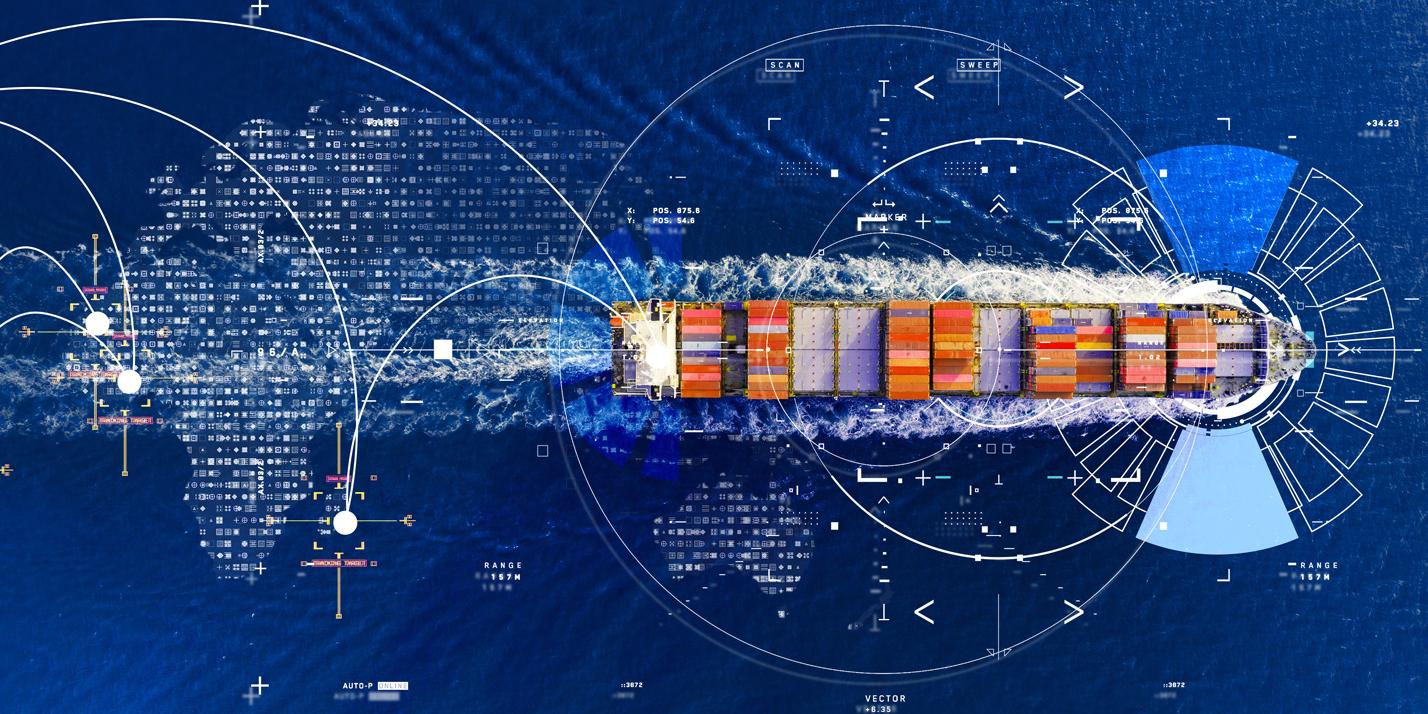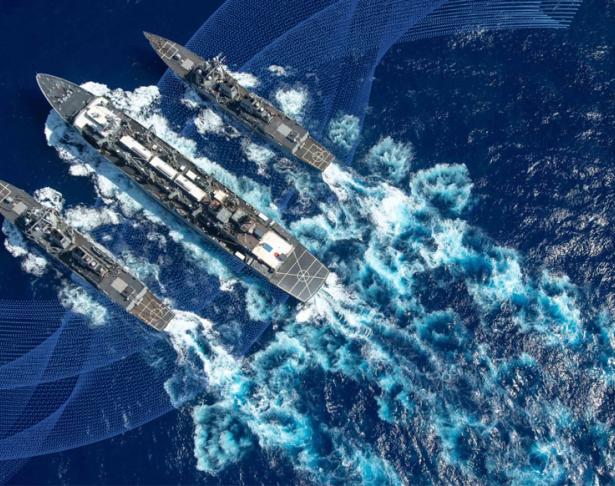The complexities associated with enabling ready combat formations at machine speed requires innovative sustainment solutions to set the conditions for maintaining overmatch in an era of rapid change.
Leveraging artificial intelligence(AI) driven data and model-based insights, we push the boundaries of possible for next-generation logistics decision dominance. As industry-leading experts with roots in government and military, we are dedicated to providing critical operational and mission support to enable delivery of the total force at the pace of need.
Push the boundaries of possible for next-generation logistics decision dominance.
Catch a Demo of Our Solutions
LMI offers advanced technology solutions for secure AI, simulation, data collection, and digital engineering to enhance government and military missions at The New Speed of Possible™.
-
Read more on 'More About RAPTR®'

RAPTR®
RAPTR® is LMI's flagship model-based system engineering simulation and analysis platform, authorized for all security levels in the national security space enterprise. It offers rapid customization, extensive data libraries, and advanced visualizations to support mission-specific needs with speed and accuracy.
More About RAPTR®
-
Read more on 'More About NADACS'

NADACS
The Naval Autonomous Data Collection System (NADACS) system collects, stores, aggregates, and displays logistics data from multiple sources to track and monitor logistics processes. NADACS holds an authority to operate and can be leveraged to enhance the delivery of edge sensor capabilities, particularly for mission-critical logistics processes.
More About NADACS
-
Read more on 'More About IronSled'

IronSled
IronSled replicates an organization’s operational software environment using open-source and the lowest classification level possible. By leveraging the environment to test software and capabilities ahead of procurement, IronSled enables faster development and alignment to industry standards.
More About IronSled
-
Read more on 'More About Mission Engineering'

Mission Engineering
LMI's Mission Engineering solution transforms how government leaders define, architect, and execute system design to facilitate rapid delivery of warfighting capabilities. Mission Engineering enhances traditional system engineering by integrating authoritative data, computation, visualization, and collaboration, while ensuring transparency and traceability through source models for faster, reliable decisions.
More About Mission Engineering
-
 The New Speed of Possible™
The New Speed of Possible™LMI Forge Technology Studio
Through the LMI Forge, we invest our own R&D dollars to drive cutting-edge solutions for our government customers. Our relentless commitment to continuous innovation pushes the boundaries of possibility. Our agile, human-centered design approach accelerates mission success, reduces lead times, and enhances efficiency.
More About LMI Forge
Connect with Our Experts
Engage with our team to learn more about our cutting-edge technology solutions that support contested logistics and drive continuous transformation across the Army.


Joseph Niehaus
Sr. Vice President, Logistics & Mission OperationsJoe leads a diverse organization of logistics consultants developing and delivering advanced logistics solutions in acquisition and sustainment; infrastructure, energy, and environment; and supply chain management.


Karen Goodson
Vice President, Department of Army SubmarketKaren is responsible for executing the mission and growing the scope of LMI’s U.S. Army submarket. She began her career in consulting at LMI in 2001 after serving as an ordnance officer in the U.S. Army.


Randal Dragon
Vice President, Defense Market DevelopmentRandal leads LMI’s defense market business development team’s strategic planning activities, including identifying growth targets and solution and core offering development.
-
Read more
 What We Do
What We DoLogistics Decision Dominance
Logistics decision dominance arms decision-makers with trusted data for faster, intelligent action. Using LMI’s solutions, decision-makers can visualize, predict, and respond to global logistics demands by balancing mission priorities with resource capacity and risk trade-off.
Read more




